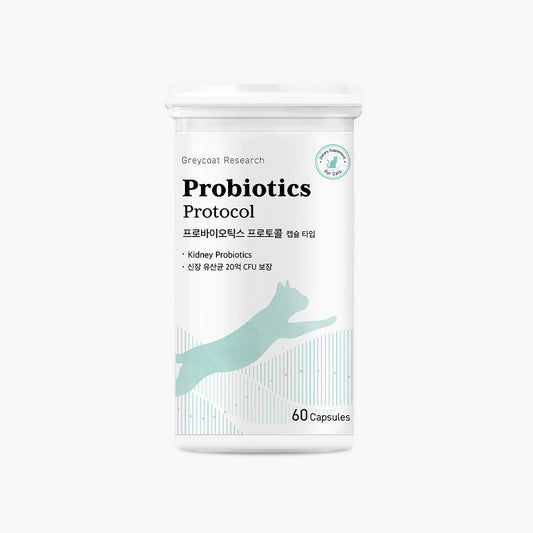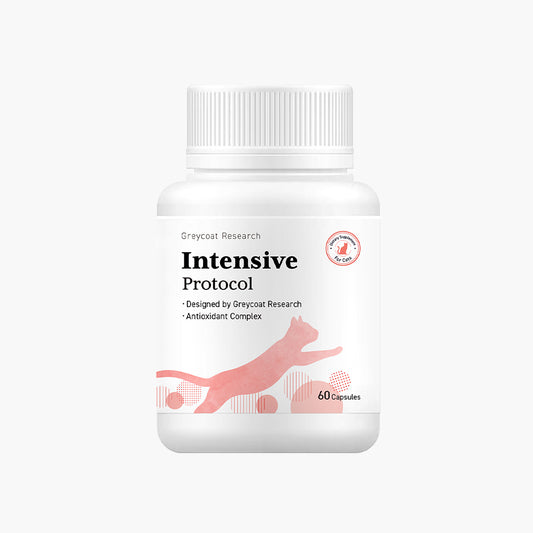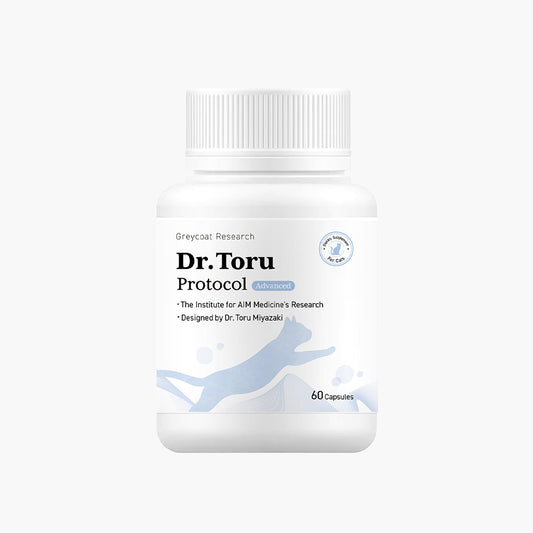How a Cat with CKD Turned a Progressive Illness into a Manageable Life
When TT first showed signs of subtle health changes in 2018, I never imagined it would mark the beginning of a lifelong journey with Cat CKD (Chronic Kidney Disease). Today, seven years later, TT remains full of life—with stable kidney values, a strong appetite, and a glistening coat. Her journey is not a miracle. It’s the result of observation, resilience, and a science-backed approach that turned fear into confidence.

2018 – Early Signs, Subtle Clues
TT became more selective with food. I also noticed larger clumps in the litter box—a sign she was urinating more than usual.
At the time, I was using a tofu-based litter with a slightly coarse texture. I later learned that this type of litter can be too rough for cats and may even cause cystitis in some.
Although there was no formal diagnosis at this stage, I could sense that something wasn’t right.
Supplements: Complivit, Liquid Omega-3
Diet: Orijen Chicken & Fish
Treats: Experimented with different treats to suit TT’s picky appetite

2019 – Diagnosis: Cat CKD Stage 2 and the Beginning of Supplement-Based Care
TT started drinking more and making louder urination sounds. I took her to the vet and received the diagnosis: Stage 2 CKD, with creatinine at 2.5, BUN at 23, and SDMA at 13.
Supplements: Azodyl, Kremezin (uremic toxin adsorbent), Complivit, Omega-3 (liquid pump type)
Diet: Royal Canin Renal Special, Royal Canin Indoor
Treats: Limited to occasional liquid treats
I began a kidney-focused regimen commonly used in Korea: uremic toxin adsorbents like Kremezin, Azodyl(probiotics), and renal diets. Her appetite declined, but I stayed committed to supporting her.


2020 – IV Fluids and Feeding Struggles
TT’s appetite worsened. She received two rounds of IV fluids and occasionally required force-feeding.
Supplements: Azodyl, Kremezin (uremic toxin adsorbent), Complivit, Omega-3 (liquid pump type)
Diet: Royal Canin Renal Special, Hill's k/d
Treats: Rare, used to assist with force-feeding
I tried switching TT’s food to a renal diet, but it wasn’t easy. Renal food usually isn’t very tasty. Sometimes I added a liquid treat to her meals to improve palatability, but TT still refused to eat.
Despite all my efforts, feeding her renal food remained difficult, and I still had to resort to force-feeding two to three times a week.
2021 – Hydration Was Still a Challenge
Switching to Royal Canin Renal Select helped stabilize TT’s feeding routine.
To support hydration, I offered wet treats, diluted liquid treats, and boiled chicken breast soaked in water.
I made every effort to increase her fluid intake, but the results were limited.
Supplements: Azodyl, Kremezin (uremic toxin adsorbent), Complivit, Omega-3 (liquid pump type)
Diet: Royal Canin Renal Select
Treats: Occasionally gave liquid treats and boiled chicken breast soaked in water

2022 – Recovery Begins with Dr. Toru Miyazaki’s Protocol
Through a research connection, I started giving TT the Dr. Toru Protocol, an AIM-based supplement developed by Dr. Toru Miyazaki, a pioneer in immune-based CKD research.
Supplements: Dr. Toru Protocol, Azodyl, Kremezin, AminAvast, Omega-3 mini capsule Type, Probiotics
Diet: Royal Canin Renal Select
Treats: Occasionally gave liquid treats and boiled chicken breast soaked in water
About four months later, her energy visibly returned. She resumed voluntary eating.
After expert consultation, I discontinued Azodyl and Kremezin due to minimal benefits. I also stopped AminAvast, as excessive amino acids could burden the kidneys.
I learned that pump-type omega-3 products are prone to oxidation, so I switched to mini soft gel capsules designed for cats.

2023 – AMPK Activation and New Energy
Alongside the Dr. Toru Protocol, I added the Intensive Protocol to support the AMPK pathway, a different mechanism that could aid her further.
TT started using her cat wheel multiple times a day and ate steadily without encouragement.
This decision came after conversations with Dr. Motoo Kobayashi, who offered insights into the complementary potential of AMPK alongside AIM.
Supplements: Dr.Toru Protocol, Intensive Protocol, Probiotics, Omega-3 mini capsule Type, Probiotics
Diet: Royal Canin Renal Select
Treats: Occasionally gave liquid treats and boiled chicken breast soaked in water

2024 – Stabilization Through Probiotics
With TT stable, I focused on improving her gut health using a Probiotics Protocol designed to reduce uremic toxins.
Supplements: Dr. Toru Protocol, Intensive Protocol, Probiotics Protocol, Omega-3 (mini capsule type)
Diet: Royal Canin Renal Select
Treats: Greycoat Research Dr. Toru Chicken Treat, Greycoat Research Feeding Assist
Because there were no suitable snacks on the market for a CKD cat like TT, I worked with veterinarians and nutritionists to create my own—low in phosphorus, sodium, and protein, but rich in AIM-related actives.
TT began calling out for her meals again, a joyful sign of vitality.

2025 – Transition to Maintenance Phase
Lab Results: Creatinine 1.7 / BUN 18—the best in seven years.
Supplements: Dr. Toru Protocol, Intensive Protocol, Probiotics Protocol, Omega-3 (mini capsule type)
Diet: Royal Canin Renal Select
Treats: Greycoat Research Dr. Toru Chicken Treat, Greycoat Research Feeding Assist
Following the advice of a veterinary nutritionist and pharmacist, I attempted to transition TT’s food from a renal diet (Royal Canin Renal Select) to a balanced senior formula (Royal Canin Indoor 7+).
At first, I hesitated—her health was doing so well, and I didn’t want to risk ruining that.
But two weeks after the change, her coat became glossier, and her appetite actually improved.
Now, she meows for food enthusiastically—and her health has never looked better.


Conclusion: Not a Curable Disease, but a Manageable One
TT’s recovery isn’t a miracle. It’s a record of daily decisions, doubts, and determination.
I used to start each morning anxious about her blood test results, praying she’d take even one bite of food.
Now, I smile when she insists on being fed and feel comforted by the shine in her fur.
This story is not written by a veterinarian or a scientist, but by a cat guardian who simply refused to give up.
If you're standing at the beginning of your own CKD journey, I want you to know: CKD may be progressive, but with knowledge, support, and love, it can be managed.
TT’s strength is a reminder of what’s possible—when you choose to keep going.
I hope TT’s journey offers a sense of hope to caregivers around the world who are caring for their cats with CKD.





